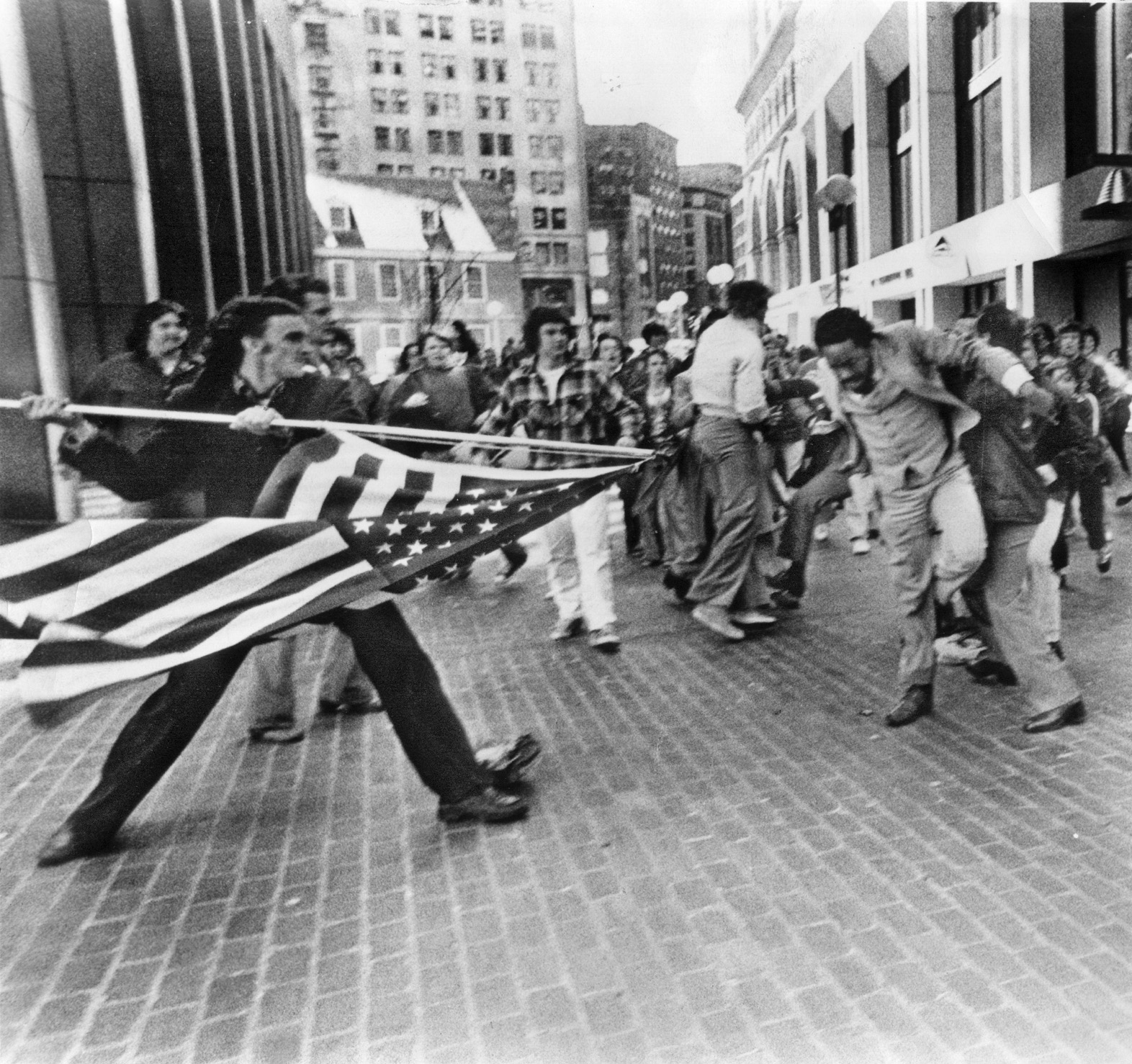This video, published today by the Milwaukee Journal Sentinel, raises an ongoing ethical question for journalists.
When should someone abandon the job he’s paid to do — documenting events, in this case — and put the camera down to pitch in to help?
Dale Gilbo was heading to work when he saw the crash on Milwaukee’s south side yesterday. He said he heard a voice in his head.
“It said, ‘You can’t let this person perish. Don’t let that happen. Make sure you get him out,'” Gilbo said. “No person needs to die like that.”
It looked to be a struggle, which was filmed by a photojournalist for the Milwaukee Journal Sentinel.
It’s a terribly difficult call to make, despite what you might read in the comments section. There were already two heroes helping and there’s value in documenting their heroism.
The line of involvement is an indistinct one in this business. You may recall in April 2008, a Columbia, Ohio newspaper bought tickets on an airline they knew would go belly up at midnight. They wanted to be able to document the stranded passengers when they found out, and none of the journalists spilled the beans to them ahead of time. We’re going to say — as we did at the time — that’s on the wrong side of the line.
In 2010, readers criticized a St. Louis newspaper for taking a picture of the American flag in the trash, but not removing it. Which side of the line is that on?
Photojournalism is its own animal in the business.
Stanley Forman, the great Boston Herald photographer back in the day, could’ve dropped his camera and helped lawyer Ted Landsmark when he was assaulted in downtown Boston, but then the world would never have seen the iconic depiction of blind hatred based on race. And Forman wouldn’t have won his second Pulitzer.

In this week’s case in Milwaukee, everything turned out fine. The driver was rescued, the heroes were honored, and the photojournalist got some great footage to remind us there are people in the world who risk their lives to help a stranger.
